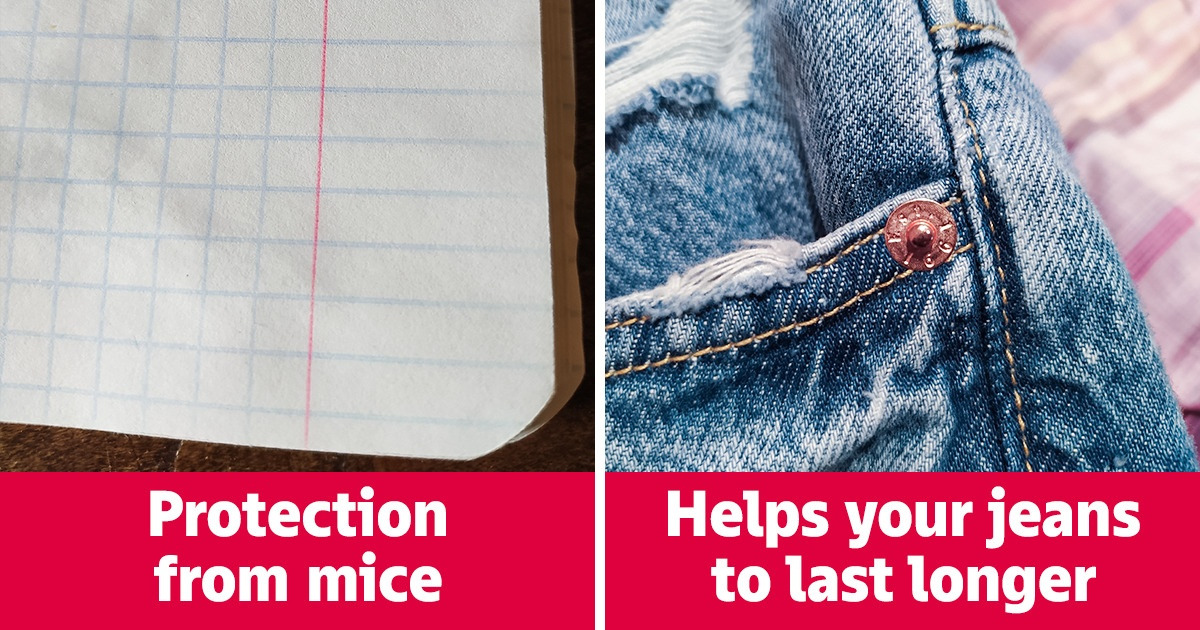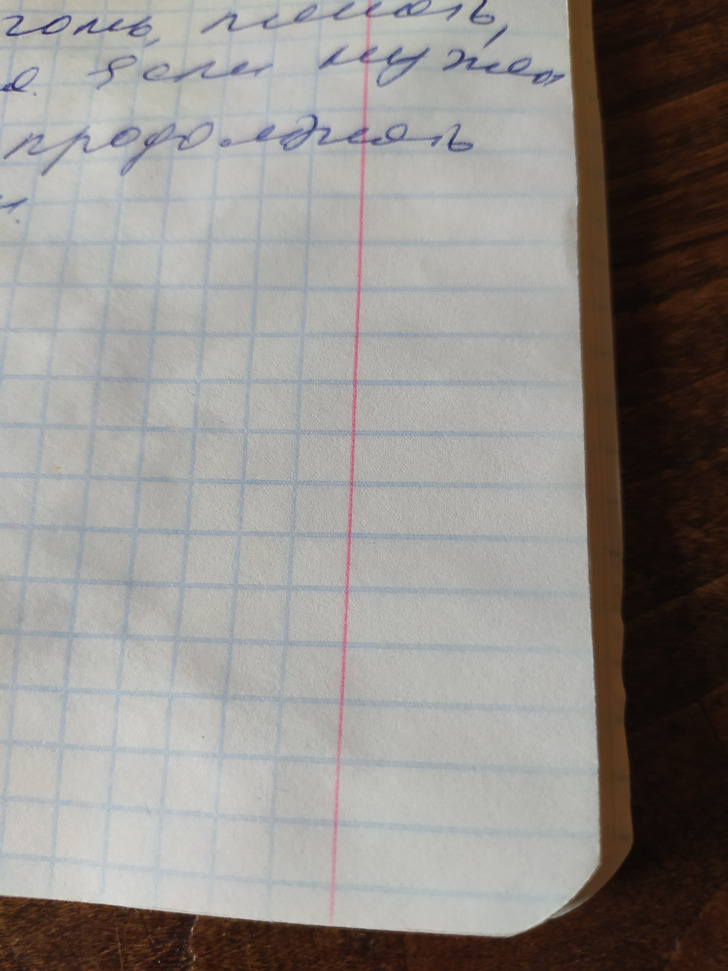11 Little Things on Daily Stuff That Have Secret Meaning

We don’t pay a lot of attention to everyday things. What can be so interesting about a simple shirt or a pack of juice? But, as it turns out, some details in ordinary things can make their owners’ lives easier. Or at least has some unusual story behind it.
1. The triangle on sweatshirts
All classic sweatshirts have a triangle sewn to the collar. Today, it’s no longer functional, but manufacturers add it as a classic touch. Back when sweatshirts first appeared, the triangle was made thicker to collect the owner’s sweat and not let the collar get stretched out so fast.
2. Shoulder buttons on jackets
Shoulder buttons on jackets are ordinary decorations that actually have a practical function. Such loops help bags stay on the shoulder and not slide down.
3. Tiny buttons on jeans

They help your jeans to last longer. These buttons (known as rivets) are placed in the areas where the fabric is weak and help hold the fabric together.
4. Needle pillow
The contents of needle pillows help the needles to not only stay in place but also to remain sharp. Professionals say that ordinary rice sharpens the needles very well.
5. Wooden clothes hangers
Today, we can choose the material of hangers for our clothes: plastic or wooden. But in the past, wood used to be the only material hangers were made of. The hangers made of certain kinds of wood protected the clothes from moths and other insects: the smell of wood scared them away.
6. The loop on the backs of shirts
The shirts with loops on the back were really popular among sailors that didn’t have a lot of space to store their clothes. And the loop allowed them to hang the shirt on a hook.
In the 1960s, GANT added the loops on their shirts for college students to be able to hang them in their lockers. Later, students used the loop to mark their relationship status. If a guy didn’t have a loop, it meant he was dating someone.
7. A horizontal hole for the upper button of a shirt
We believe you’ve noticed that all the holes for the buttons are vertical and the top one is usually horizontal. It’s done specifically for the button not to unbutton if you decide to put on a tie without removing the shirt.
8. Legos
The manufacturers of Legos take care of their young fans. This is why the head of every toy has a small hole in it. It lets the air through in case a child swallows the toy.
9. Exercise book margins

Now we use margins for making notes and remarks. But did you know that margins were originally made for protecting the notes from potential rats and mice? They like to eat paper, especially from the edges, so manufacturers added empty margins. Even if mice will eat the edges, the text in the document will be safe.
10. The wings on juice packs
The wings on small juice packs help kids: they make it easier for them to hold the bag so the child won’t press the bag too hard and the contents won’t spill. This life hack was invented by parents and spread online.
11. Convex 5 and 7 on Heinz bottles
They are not just for decoration: the numbers show the sweet spot you should tap for the ketchup to start flowing out of the bottle. Initially, the numbers were a marketing move. The manufacturer thought that 57 was their lucky number.
Do you know anything about the hidden features of the most ordinary things around us?
Got some cool photos or stories and want to be featured on Bright Side? Send them all right HERE and right now. Meanwhile, we’re waiting!








